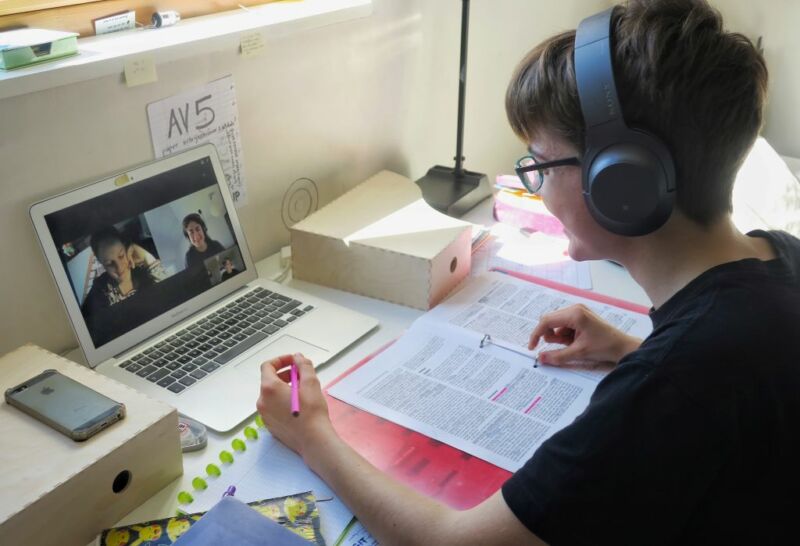
When school is online, the digital divide grows greater
School closings, e-learning tough for the 20% of rural students without broadband. …

reader comments
66 with 50 posters participating
Like many students around the world, Nora Medina is adapting to online learning. But Medina, a high school senior in Quincy, Washington, who also takes classes at a local community college, faces an additional challenge: She doesn’t have reliable Internet service at home. She lives 7 miles outside of town where she says neither cable nor DSL Internet is available.
She can access the Internet on her phone, and her family has a wireless hotspot, but she says the service isn’t up to the task of doing homework online. “It’s hit and miss,” she says. “Sometimes I can watch a video, but sometimes I can’t even refresh a page, or it will take minutes to load something on a page.”
Washington governor Jay Inslee this week said the state’s schools will be closed for the rest of the school year. Quincy High School is still planning how best to help students finish the year. But Medina’s classes at Big Bend Community College have shifted online. “I’m just going to hope the hot spot works and wish for the best for my final quarter,” she says. “If that doesn’t work, I’ll do my work from my car in the parking lot at the library to access their Wi-Fi.”
 Medina is one of millions of people in the US who lack reliable broadband Internet at home, either because they can’t afford
Medina is one of millions of people in the US who lack reliable broadband Internet at home, either because they can’t afford
Continue reading – Article source




